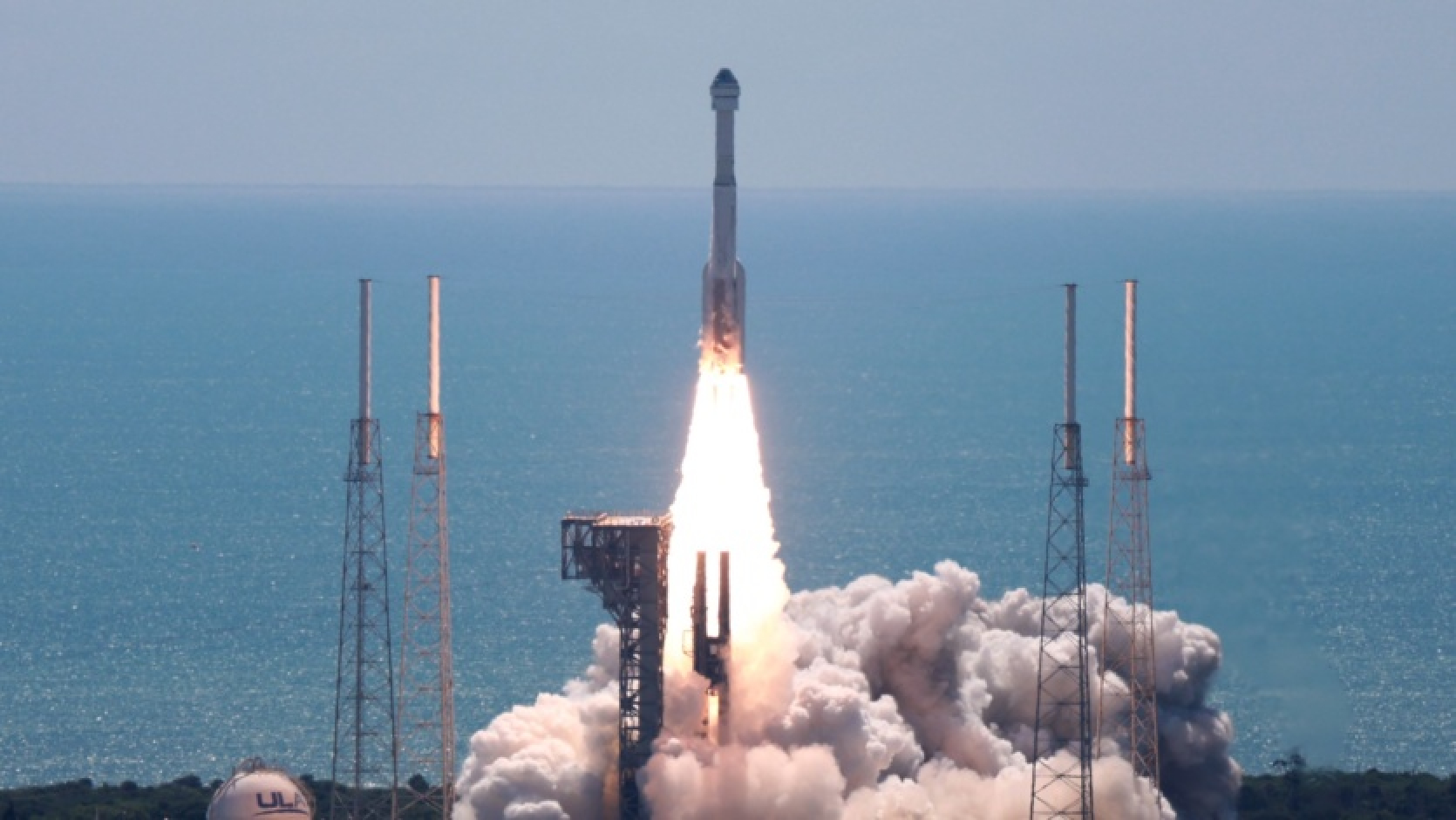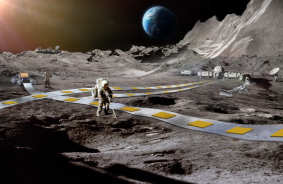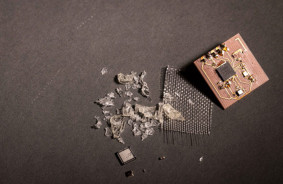After nearly 20 years of planning, development, testing, and delays, the Boeing Starliner spacecraft completed its first manned launch and sent astronauts to the ISS as part of the Crew Flight Test (CFT) mission. The launch of the Atlas V rocket with the Starliner capsule took place on June 5 at 17:52 Kiev time.
On board the spacecraft were NASA test astronauts Barry "Butch" Wilmore and Suni Williams. Docking with the ISS is scheduled for 19:15 (Kiev time) on June 6. Then the astronauts will spend 8 days on board the station, conducting a series of tests and trials of the capsule needed for certification. The CFT mission is focused on a thorough check of the Starliner before certifying the spacecraft for longer missions. Williams and Wilmore will perform several manual control flights, test emergency scenarios such as loss of communication or power, and conduct many analyses so that future Starliner crews know what to expect.
It should be noted that this launch was preceded by several setbacks. Initially, the CFT mission was scheduled for May 6. But this attempt was canceled about two hours before launch when team members noticed a "buzz" in a valve on the top of the Atlas V. To fix the problem, the rocket had to be rolled back from the pad to the vertical integration facility. These works postponed the planned launch until May 17. But then another problem arose - a minor helium leak in one of the engines in the Starliner service module.
The mission team analyzed the leak and its potential consequences and eventually recognized it as a minor issue, approving the CFT for the scheduled launch on June 1. However, the attempt on June 1 was interrupted a few minutes before liftoff due to a malfunction in the power distribution source in the ground equipment. The mission team replaced the faulty equipment, setting up the CFT for this launch, which finally took place successfully.
Although this time there were also problems. During a conversation with ground controllers on Wednesday afternoon, Wilmore said that at the moment the Starliner test flight "just went smoothly." But as the crew prepared for the night shift, two new helium leaks appeared in the service module. Thus, three out of eight helium collectors on the Starliner now show signs of leaking. The astronauts had to manually close the valves on the collectors where leaks were detected during the flight. At the same time, the collector with a known leak before launch will remain open.
Despite these issues, the craft retains the ability to maneuver. According to Steve Stich, head of NASA's commercial program, before agreeing to launch with a known helium leak, engineers determined that the Starliner spacecraft can handle four more helium leaks, even if the existing leak worsens. In the current configuration, with two closed helium collectors, 6 out of 28 reaction control thrusters on the spacecraft will be disabled. The capsule has the ability to operate with a subset of thrusters, and Boeing engineers believe that the "helium system remains safe for flight."
If everything goes well with CFT, Starliner will deliver its first crew of astronauts to the ISS in about six months, possibly as early as 2025.
Source: space, arstechnica













Comments (0)
There are no comments for now